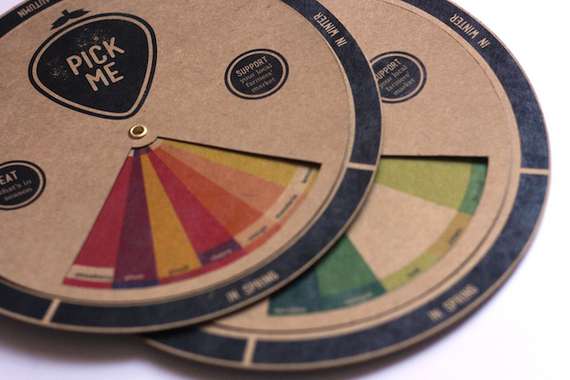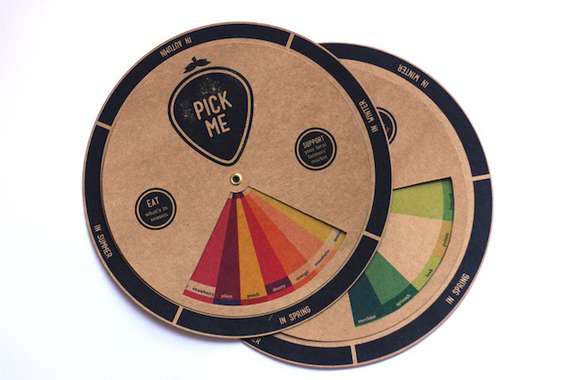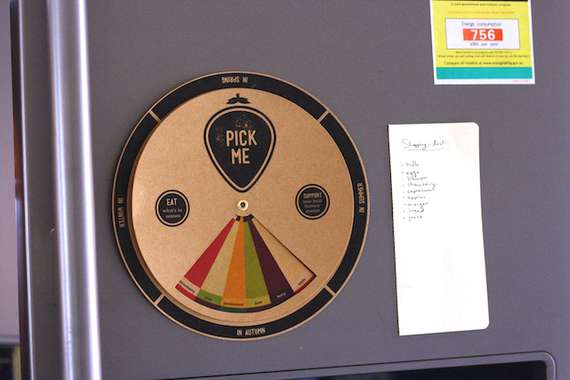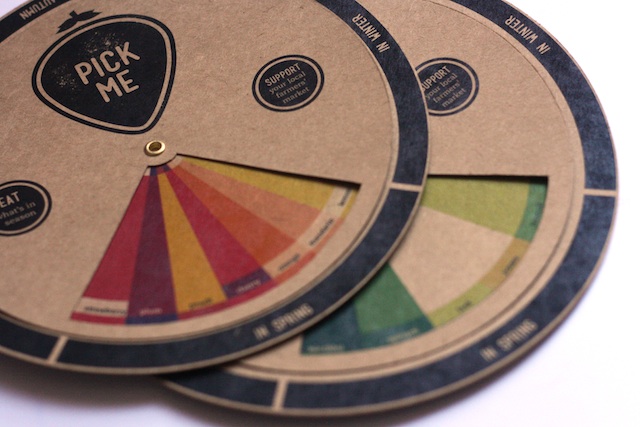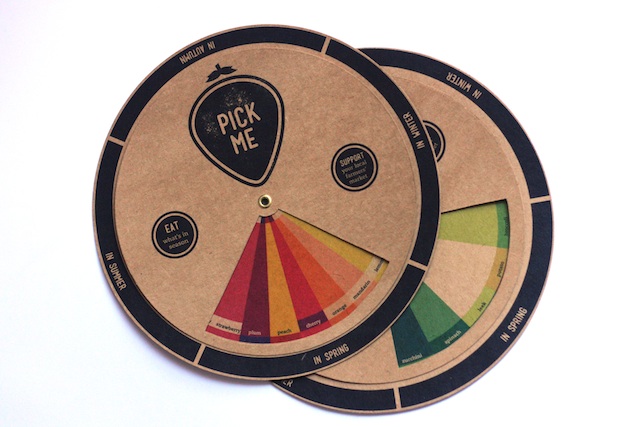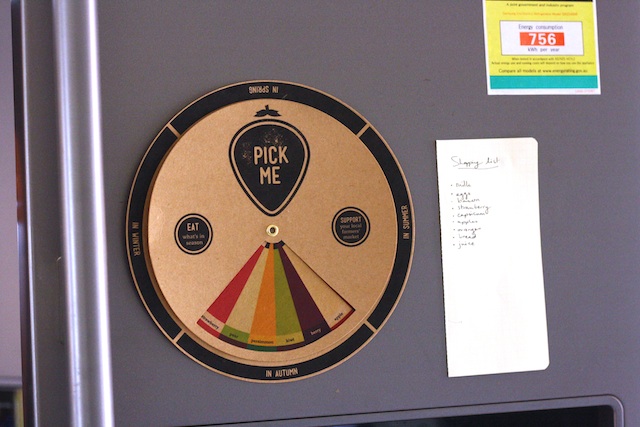Pick Me
by zyrannosaur
Files
This work has been commented by 1 curator(s). Read the comments
Title
Pick Me
Headline
A Seasonal Guide to Local Produce in Sydney
Concept author(s)
Zayra Dolores
Concept author year(s) of birth
1991
Concept author(s) contribution
Concept
Concept author(s) Country
Australia
Designer(s)
Zayra Dolores
Designer(s) year(s) of birth
1991
Designer(s) contribution
Design
Designer(s) Country
Australia
Friendly Competition
Competition category
Visual communication practice
Competition subcategory
static
Competition field
academic
Competition subfield
student
Subfield description
University of Technology Sydney
Check out the Food Democracy 2013 outlines of Memefest Friendly competition.
Description of idea
Describe your idea and concept of your work in relation to the festival outlines:
‘Pick Me’ is an initiative that aims to encourage individuals in Sydney to increase their local knowledge and support the produce farmers in their communities. This concept involves individuals to learn what is grown in their area, eat according to what is in season and visit their local farmers market more often.
By encouraging others to make the informed decision to buy locally, we are able to reduce food wastage, conserve energy used in the transportation of food and support our local economy.
What kind of communication approach do you use?
I have communicated my concept through static visual communication. I have created a pair of colour wheels that act as a seasonal guide for the local produce available in Sydney and New South Wales. The atmosphere at a farmers’ market is vibrant and refreshing, filled with the organic smells of fresh produce and overflow of colour from seasonal fruits and vegetables. I wanted to share this atmosphere and sensory experience with my target audience through the colour wheels by displaying the different produce available in each season.
What are in your opinion concrete benefits to the society because of your communication?
A long-term goal of my concept was to help build and strengthen local communities by encouraging them to interact and engage with their local farmers. This will help individuals become more pro-active in their community but also support the local economy of their area.
What did you personally learn from creating your submitted work?
A topic that concerned me was the Quinoa production in Andes, and how farmers were experiencing demand to grow their staple food for Western countries. Staple foods are considered to be inexpensive and readily available for the inhabitants of the land, however this is no longer possible if the staple food is being demanded by other parts of the world.
Therefore I wanted to encourage individuals to step back and take a look and what is available in their area, but most importantly to rely and be sustained by the land their are living on.
Why is your work, GOOD communication WORK?
I believe that the motive for good communication is to deliver a message. The main message I wanted to deliver through my work, is to support ones’ local community by making the decision to choose local produce. By highlighting that there is a difference in the produce available in each season, I hope to encourage others to become more aware of what is available in their own communities.
Therefore I aim to encourage my audience to ‘pick’ what is in season but most importantly ‘pick’ their local farmers.
Where and how do you intent do implement your work?
At the moment the content of my work is aimed for local communities in Sydney and is to be used as a seasonal guide. However in the future, I hope to create a series of colour wheels based on the local produce available in different parts of Australia.
For a larger audience, I hope to apply the colour wheel onto signage outside local markets so that communities are notified of what is in season as they pass by. Each colour wheel will be personalized and document what produce is available in each community.
Did your intervention had an effect on other Media. If yes, describe the effect? (Has other media reported on it- how? Were you able to change other media with your work- how?)
No
Curators Comments
Roderick Grant
There's some smart, clever thinking at work here...every year, I get several kind of calendars from local Utilities in my area. The most useful of these calendars deals with electricity - what are the rates during the day, and in what seasons will I be charged a particular rate...this basic information I put above my washer/dryer to remind me to only run the laundry-machines when the electricity rate is favourable.
In a similar light, this system links food consumption to season...and the simple context photograph of the fridge door brings the communication into the pragmatics of what can be accomplished through application. While the appropriation of the colour wheel is a good move to adapt an educational tool from design-education itself, its the application that makes all the information embedded work, and work very well. The connections made here can be tightened formally in terms of typography, materiality, but honestly, the core concept is there, and should go forward to a fully realized proposal for funding and distribution.
Back to the electricity calendar - it has to come out every year as the rates shift up with inflation. A food availability wheel such as this...is perpetual, as local climates and soil types will only support a given range of vegetables and fruits. That built-in durability of information seems obvious and simple enough, but its meaningful, and well-executed here - I'd be looking to propose a form of this to local government to push forward.
I think all too often designers can fall back into the mode of service...but not always as initiators of change - this is simple work, but necessary work that can be scaled to climate, region, nation.
The challenge is to actually see it through to fruition.

